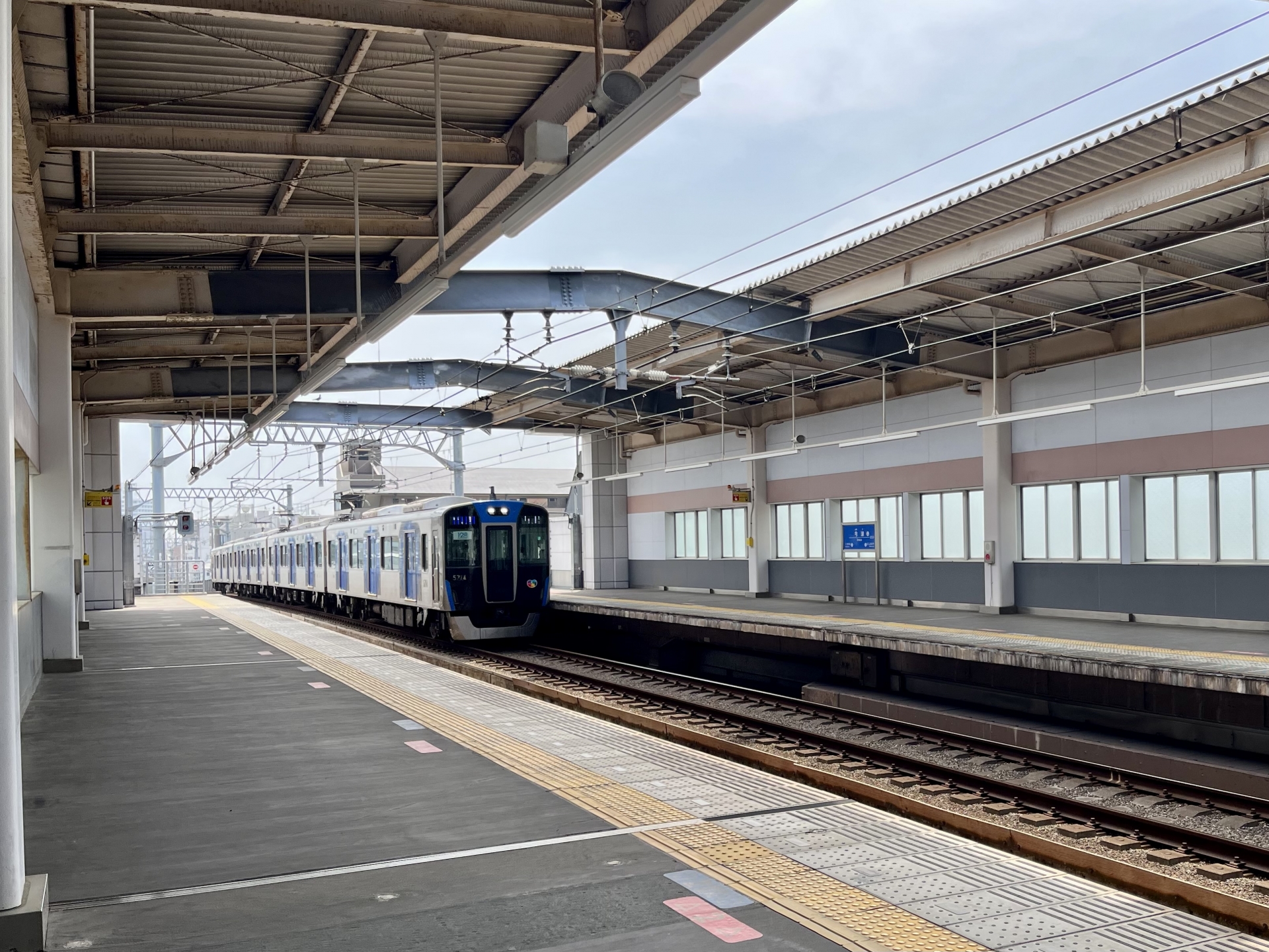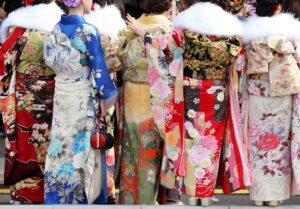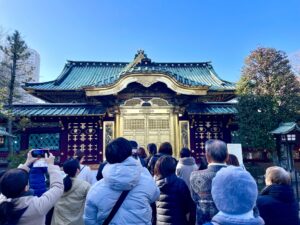Japan’s trains are famous for being clean, efficient, and quiet—but they also come with a unique set of etiquette rules that every visitor should understand. This guide covers everything from phone use and seating manners to unwritten social expectations. Whether you’re a first-time tourist or a returning traveler, knowing how to behave on Japan’s trains will enhance your experience and ensure smoother, more respectful journeys.
What Makes Japanese Train Etiquette Unique?
Japan’s train etiquette may appear strict at first glance, but it’s largely rooted in social awareness and a collective sense of respect known as meiwaku—the idea of not disturbing others. Unlike rule-based systems in some countries, Japanese etiquette operates more on unspoken social contracts. It’s less about enforcement and more about maintaining harmony in a high-density public space.
While some may refer to the concept of wa (harmony), the practical driver of behavior on Japanese trains is mutual consideration. With millions of passengers commuting daily, even small lapses in etiquette can create ripple effects. That’s why there’s such an emphasis on silence, cleanliness, and spatial awareness. Most Japanese people will never tell you outright that you’re doing something wrong—but they might show subtle signs of discomfort if you’re breaking a norm.
Understanding these unwritten codes isn’t just about “following the rules.” It’s about becoming part of a shared effort to make public transport seamless and respectful for everyone. And once you get used to it, the peace and order of Japanese trains can be one of the most relaxing travel experiences you’ll ever have.
Essential Etiquette in Train Stations and Platforms
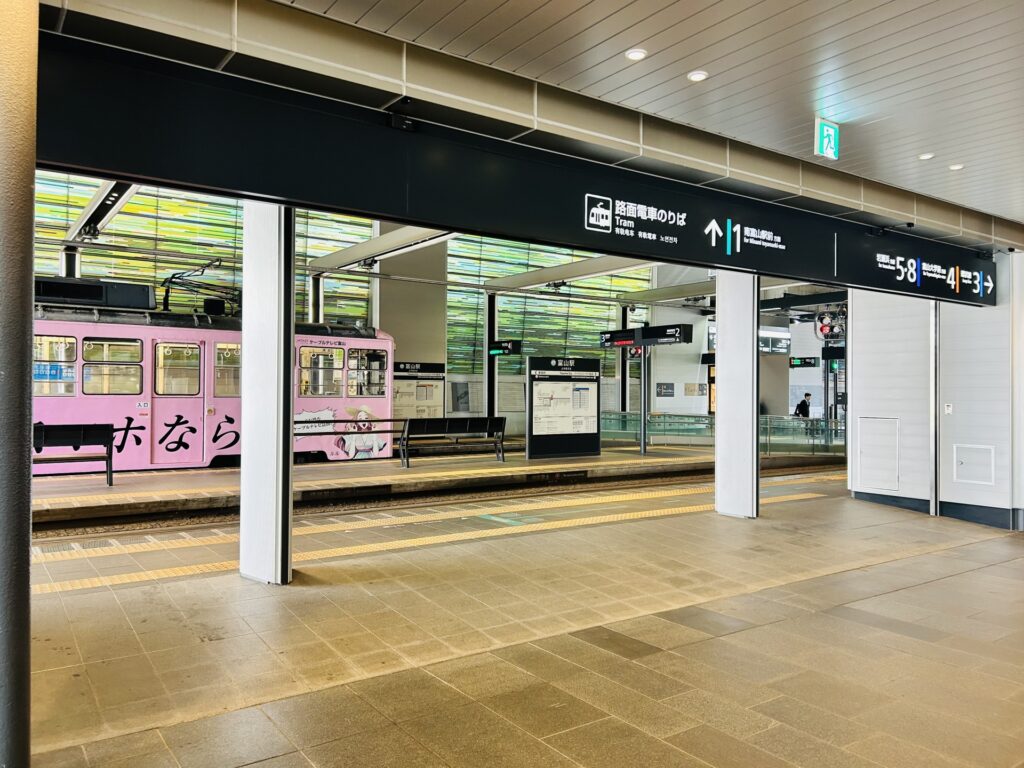
Train etiquette begins before you even step onto the train. In Japanese stations and platforms—where thousands of people pass through each hour—maintaining order and safety is crucial. Understanding the local customs ensures smoother boarding and a better experience for everyone.
Escalator Rules
In Tokyo and most regions, people stand on the left side of the escalator, leaving the right side open for those in a hurry. However, in Osaka and parts of western Japan, the opposite is true—stand on the right and let people pass on the left. It’s a small but culturally significant detail that reflects regional behavior. Always observe what locals are doing and follow suit to avoid confusion or inconvenience.
Line Up and Don’t Cut In
Queueing is a deeply ingrained behavior in Japan. At train stations, there are designated lines on the platform showing where to stand. Cutting in line is considered extremely rude and will draw disapproving glances. Even during rush hour, people wait patiently for their turn to board. Let passengers off the train before stepping in and move briskly but respectfully.
No Running in the Station
While it might be tempting to sprint for a departing train, running in stations is discouraged. Not only is it unsafe, but it also disrupts the orderly flow of foot traffic. If you’re late, take a deep breath and wait for the next train—chances are, it’s only a few minutes away.
Stay Inside the Yellow Safety Line
Yellow tactile blocks with raised patterns are common along Japanese platforms. These are not just for the visually impaired—they also mark the safe zone for all passengers. Standing beyond this line is dangerous and may result in staff intervention.
No Smoking Except in Designated Areas
Smoking is strictly prohibited in most areas of train stations and platforms. Designated smoking rooms or corners may exist in larger stations, clearly marked and often ventilated. Ignoring this rule is not only inconsiderate but also subject to fines.
Dispose of Trash Properly
Public trash bins can be hard to find, particularly in smaller stations. It’s common practice in Japan to carry your trash with you until you find an appropriate bin. Do not leave waste behind on the platform or in the train—it’s a surefire way to stand out for the wrong reasons.
Etiquette Inside Trains

The inside of a Japanese train is a place of quiet and mutual respect. How you talk, sit, store your bags, and even manage your phone can affect those around you. Learning these expectations helps you travel comfortably and respectfully.
No Talking on Phones
Mobile phones should be switched to manner mode (silent). Taking phone calls inside the train is widely frowned upon. If you absolutely must answer a call, do so briefly and quietly in the space between train cars, and only if no one else is nearby.
Speak Quietly or Not at All
Casual conversation is acceptable in moderation, but it should be subdued. Loud talking, laughter, or animated discussions—especially during commuter hours—are considered disruptive. When in doubt, silence is golden.
Backpack Positioning
Backpacks should never be worn on your back inside the train. Instead, hold them in front of you, place them on your lap, or set them on the floor. This helps save space and prevents bumping into fellow passengers, especially during crowded times.
Proper Sitting Posture
Avoid sitting with your legs spread wide or taking up more space than necessary. Keep bags on your lap or overhead racks rather than occupying additional seats. Being mindful of your posture shows respect for others sharing the space.
Priority Seats and Women-Only Cars
Priority seats—often marked with signage—are reserved for the elderly, pregnant women, people with disabilities, and those with small children. Vacate these seats when needed. Additionally, many train lines have women-only cars during peak hours, designed to prevent harassment. Tourists should respect these zones and board accordingly.
No Eating on Local Trains
Eating is generally discouraged on local and commuter trains. The exceptions are long-distance and express services like the Shinkansen, where food and drink are not only allowed but expected. On regular trains, keep snacks tucked away.
Keep Headphone Volume Low
Even if you’re using headphones, sound leakage can disturb those nearby. Make sure your music or video is at a low volume—if you can hear it when your earbuds are out, others definitely can, too.
Wear a Mask When Coughing or Sick
It’s standard practice in Japan to wear a surgical mask if you’re unwell, particularly when coughing or sneezing. This isn’t just COVID-era etiquette—it’s long been part of Japan’s public hygiene culture.
Reclining Your Seat on Shinkansen
When traveling on the Shinkansen, it’s polite to check behind you before reclining your seat. A quick glance and a courteous nod or word are all it takes to show consideration.
Avoid Strong Perfume
Scent sensitivity is taken seriously in Japan. Strong perfumes or colognes can overwhelm a small, enclosed space like a train car. Go light on fragrance, or better yet, skip it altogether.
Shoes Off Seats for Kids
Children should never place their shoes on train seats, even when standing or kneeling. If needed, remove their shoes or ask them to sit properly to avoid dirtying the upholstery.
Etiquette Around Railroad Crossings
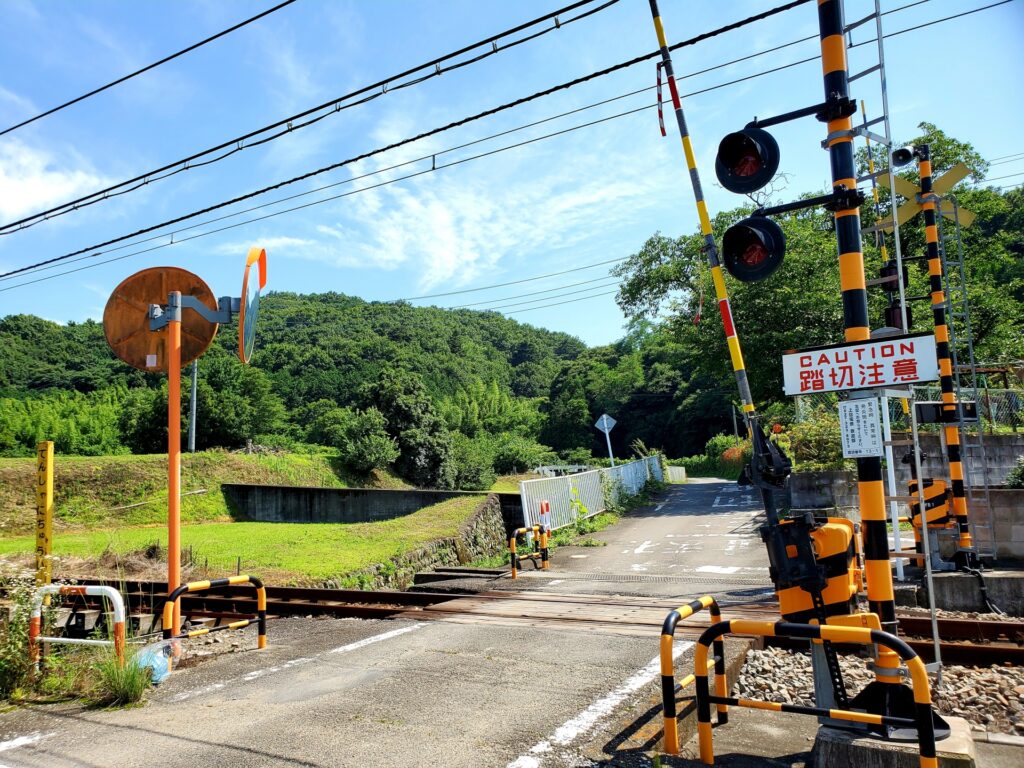
Railroad crossings are not just traffic infrastructure—they are high-risk zones where safety and manners go hand in hand. Many tourists are unaware that improper behavior here can cause accidents or serious delays. Learn what to do (and not do) when approaching a crossing.
Don’t Tamper with Railway Crossings
Crossings are not a place for selfies or dares. Tampering with gates, loitering near tracks, or ignoring signals is both dangerous and illegal. It also causes delays and safety risks for everyone.
Do Not Cross After Bells Start Ringing
Once warning bells or lights begin, you must stop. Crossing at this point is a serious safety violation, and cameras are often installed to monitor behavior. Obeying this rule could literally save your life.
Cultural Background Behind the Manners
The backbone of Japanese train etiquette lies in the societal value of not inconveniencing others. In a country with one of the world’s highest passenger volumes, small gestures like keeping quiet, minimizing body space, and being punctual aren’t just niceties—they’re necessities.
These behaviors are reinforced not by confrontation, but by a shared sense of collective efficiency and awareness. Japan’s transport systems run like clockwork largely because everyone plays their part. For visitors, understanding this mindset is the first step toward becoming a respectful and welcome guest.
Unique Situations Tourists Should Be Aware Of
Beyond the basics, there are specific situations where extra attention is needed. From rush hour madness to family travel, these scenarios require special awareness to avoid unintentional cultural missteps.
Riding During Rush Hour
Rush hour in cities like Tokyo and Osaka is an intense experience. Trains are packed to the brim, and station staff often help push passengers in. During these times:
- Remove backpacks and hold them in front.
- Avoid loud conversations or phone use.
- Refrain from applying makeup or eating.
If you can, avoid rush hour travel altogether—typically 7:30–9:00 AM and 5:00–7:00 PM.
Shinkansen Etiquette
On the Shinkansen, eating is acceptable—bento boxes (ekiben) are even sold onboard. Talking is okay but should be soft and brief. Always ask before reclining your seat and keep your area tidy. Bare feet are frowned upon, so keep socks on even if you remove your shoes.
Traveling with Children or Groups
Groups and families should reserve seats in advance. Keep children quiet and entertained, and never let them run or shout. If kids need to stand on the seat, remove their shoes first. Use quieter train cars or off-peak times to minimize stress.
What Happens if You Break the Rules?
Accidentally breaking a rule isn’t the end of the world—but you might notice uncomfortable stares, sighs, or subtle body language indicating disapproval. Japanese people typically won’t scold you outright, especially if you’re a foreigner. The best response? A small bow, a whispered “sumimasen” (sorry), or simply correcting the behavior goes a long way. Showing that you’re trying to follow the culture earns respect and forgiveness.

Conclusion: Ride with Respect and Confidence in Japan
Traveling by train in Japan is one of the most efficient, punctual, and pleasant ways to explore the country—but it also comes with a unique set of unspoken rules. These etiquettes are not enforced by strict laws, but rather upheld through a shared sense of consideration and social responsibility.
By understanding how to behave on platforms, inside train cars, and around railway crossings, visitors can avoid awkward situations and show respect for the local culture. Small actions—like turning down your headphones, lining up patiently, or carrying your trash—go a long way toward fitting in and being a courteous traveler.
Whether you’re commuting through Tokyo’s busy subways or enjoying a scenic ride on the Shinkansen, practicing proper train etiquette will make your journey smoother, more respectful, and more enjoyable for everyone around you. Embrace the quiet efficiency of Japanese trains—and ride like a local.

